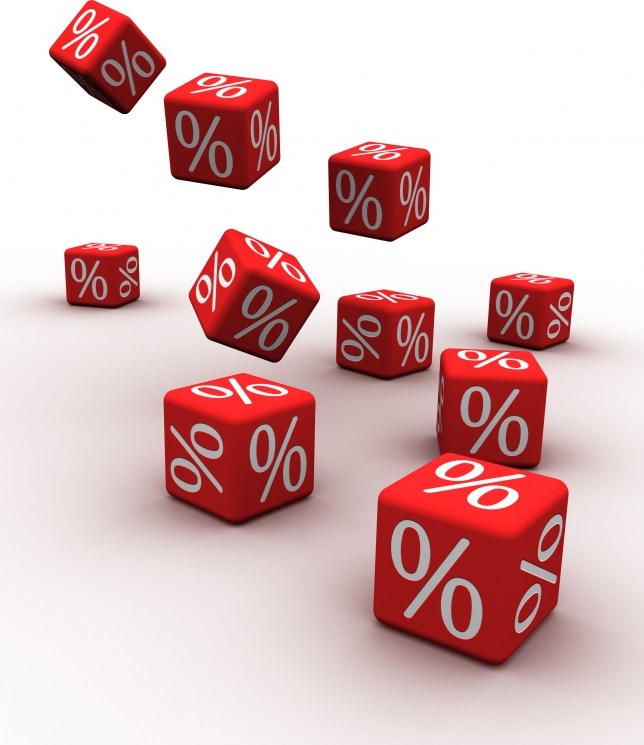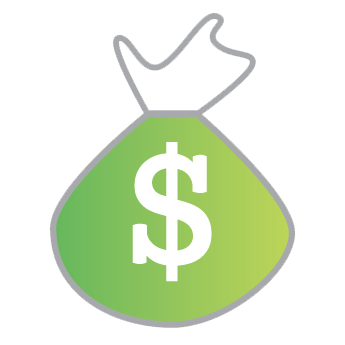Source: The Australian,  Frank Gelber – Economist
Frank Gelber – Economist
WE need to build more housing. A lot more. And we will, but we probably won’t build enough.
There is a severe shortage of stock and that will mean rising prices. The question is by how much they will rise. And how the Reserve Bank contains price rises.
This cycle has a lot longer to run. But already we can see it will be prematurely curtailed by rising interest rates.
The long-awaited property upswing is only now starting. Prices around Australia have risen strongly over the past year.
Forecasts of a collapse have been dismissed. Owner occupiers and investors now regard housing investment as safe.
Concern has swung to the problem of affordability, doubly affected by the combination of rising prices and rising interest rates. But this is just the beginning. Both housing prices and interest rates have a long way to go. And affordability will get a lot worse before this is over.
As prices and interest rates continue to rise, people will need to match their aspirations to what they can afford. Existing homeowners will ride the cycle. Upgraders or downsizers will have the capital gains to help finance the next purchase.
But, as the upswing continues, first-home buyers will buy smaller, perhaps older houses and units in less salubrious suburbs. Some may well be locked out of the market. And as rents continue to rise, investors will return.
Increased prices will stimulate new building. Price rises and volume rises have been a boon for state governments which are heavily reliant on stamp-duty revenues from conveyancing.
Hopefully, they’ll have learned the lesson that they make their money from the volume of transactions rather than by extracting maximum return from each.
If you get too greedy, you affect the volume of sales and revenues fall, not rise. NSW learned this lesson when it killed the goose in the post-2001 housing boom by raising infrastructure charges on new development, thereby putting a floor under housing prices. When the RBA burst the housing price bubble by raising interest rates at the end of 2003, housing prices fell by 10 to 15 per cent. Construction collapsed and NSW has been under-building ever since. That’s why the shortage of stock is so extreme in NSW.
The fall in residential construction over the past decade was a primary reason for the weakness of the NSW economy.
The other player is the RBA, which appears petrified of a housing price bubble and, with prices already rising and about to rise a lot further, the danger is that it will be too aggressive with interest rates. The RBA can stop price rises, but the collateral damage will be on housing construction. It needs to be careful.
This is not about levers and levels. Interest rates are a trigger. For a long time, rising interest rates appear as though they are not working and then, suddenly, the housing market collapses.
We’ve seen this scene played out time and again in Australia.
It’s the shortage of housing, partly caused by the RBA’s 2003 action, that has built up the current latent pressure on housing demand and prices. We don’t want to curtail housing construction: we need the housing.
If we are to stimulate building, further house price rises are inevitable. The real objective is to contain the extent of price rises, keeping housing affordable.
The key is on the supply side. It’s no accident the housing recovery has been strongest in Victoria, where land is relatively cheap and readily available.
Facilitation of medium-density development in inner areas makes sense. We have a ready source of reasonably priced land throughout our inner suburbs and it is already serviced, making it cheaper to develop.
We have a number of excellent examples of residential and mixed-use redevelopment of industrial sites scattered around Australia. So far, too few.
Certainly, we need to build a lot more stock to satisfy demand. And that will entail price rises.
Meanwhile, the RBA will continue raising interest rates as the economy strengthens and, later, to contain emerging demand-inflationary pressures. It would be foolhardy to target the housing sector too aggressively.
We’re building about 140,000 dwellings compared with an underlying demand of 190,000. The shortage is worst in NSW where building is about half that of the underlying demand.
All considered, we think the upswing has another three to four years to run. By then variable housing interest rates will be about 9 per cent. And the downturn will come before there is a surplus of residential stock, particularly in NSW where the shortage is so extreme there won’t be time to build enough. This is the beginning of an upswing that will build momentum into a boom before being cut short by rising rates. We’ve seen it all before.









